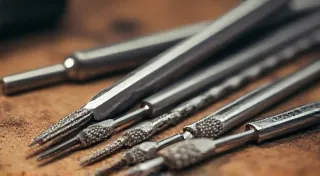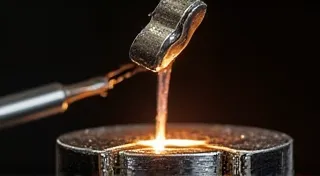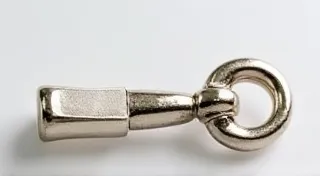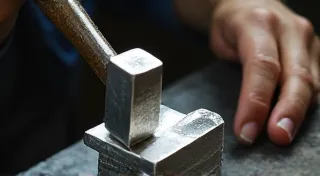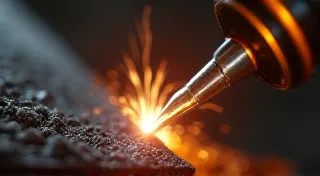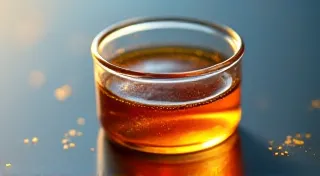Understanding Silver Grades: Sterling vs. Fine Silver
When you're just starting your silversmithing journey, you’re bound to encounter the terms "sterling silver" and "fine silver." Both are used in jewelry making and metalworking, but they aren't the same thing! Understanding the differences is crucial for choosing the right material for your projects. This guide breaks down the differences, helping you make informed decisions for your silversmithing adventures. Before diving in, it's always a good idea to review fundamental safety precautions – especially if you’re new to working with metals. You can find more information on silver safety and best practices to ensure a safe and enjoyable experience.
What is Fine Silver?
Fine silver, also known as pure silver, is silver in its most basic form. It's comprised of 99.9% silver, with the remaining percentage being trace amounts of other metals. It's known for its brilliant shine and malleability, meaning it's very easy to shape and form. This exceptional malleability is key to its unique properties and opens up interesting possibilities, though it also presents some challenges for the less experienced artisan.
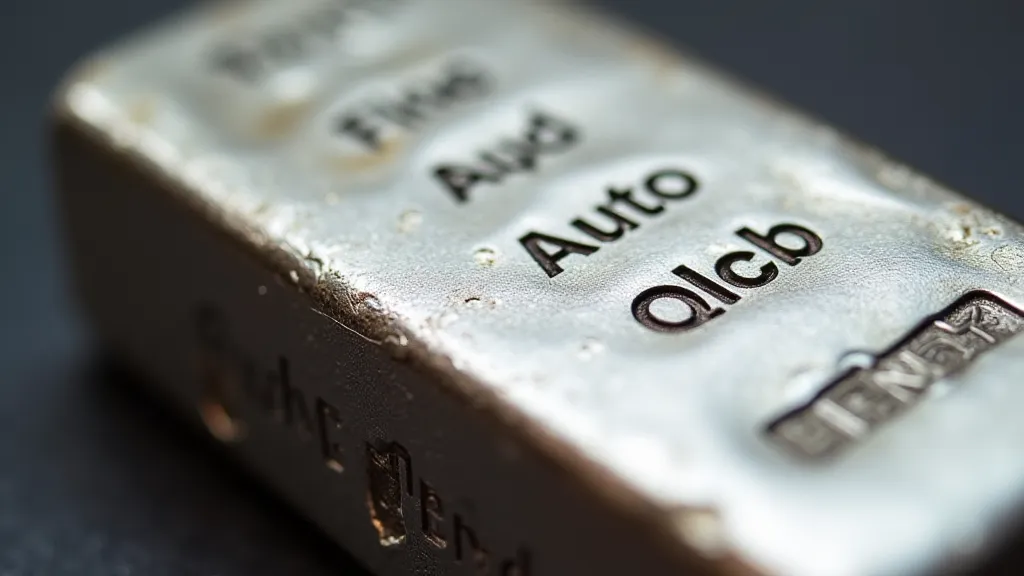
What is Sterling Silver?
Sterling silver isn't pure silver. It’s an alloy – a mixture of metals. Specifically, it's composed of 92.5% silver and 7.5% other metals, typically copper. This small percentage of copper significantly alters the properties of silver, making it stronger and more durable than fine silver. The choice between different silver alloys, like traditional sterling and more modern options like Argentium, can also impact the outcome of your project – a comparison of which you can find here. Understanding these distinctions is crucial for selecting the ideal material for your intended design.
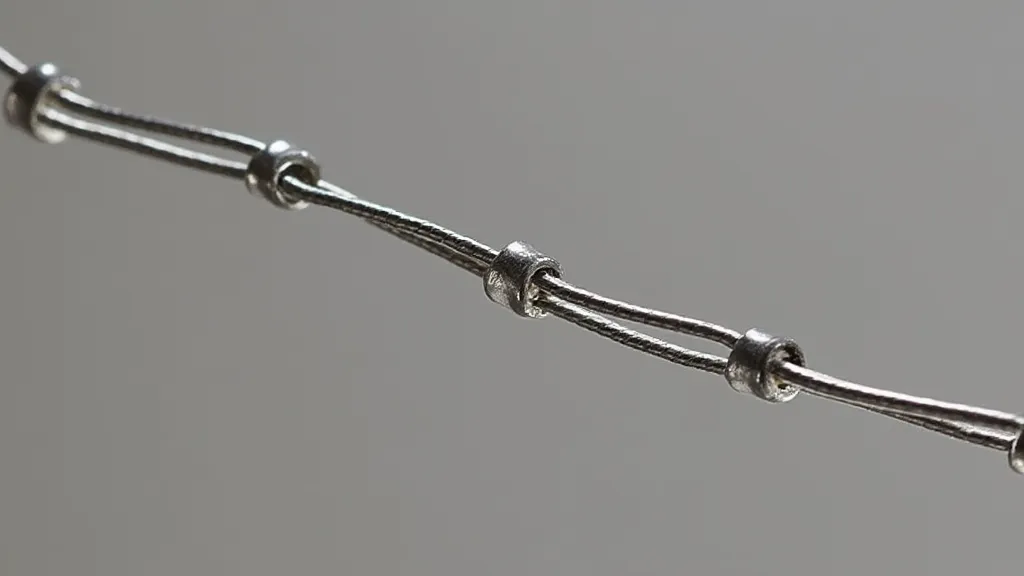
The Key Differences Explained
- Purity: Fine silver is 99.9% silver. Sterling silver is 92.5% silver.
- Strength & Durability: Sterling silver is significantly stronger and more durable than fine silver. This is due to the copper content.
- Tarnish Resistance: While neither is completely tarnish-proof, fine silver tarnishes more slowly than sterling silver. However, the difference is minimal in most practical applications.
- Workability: Fine silver is more malleable than sterling silver, making it slightly easier to shape and form. However, sterling silver’s added strength makes it less prone to damage during the silversmithing process.
- Cost: Fine silver is generally more expensive than sterling silver.
Which Silver is Best for Silversmithing?
For beginner silversmiths, sterling silver is almost always the better choice. Its increased strength and durability make it more forgiving, especially when you're still learning techniques. The slight increase in difficulty working with it is outweighed by the reduced risk of damaging your pieces. It's also more readily available and generally more affordable. Consider starting with a simple project, such as making simple silver earrings, to get a feel for working with sterling silver. Mastering fundamental techniques like sawing is also essential for any silversmith – a skill you can find more details about here.
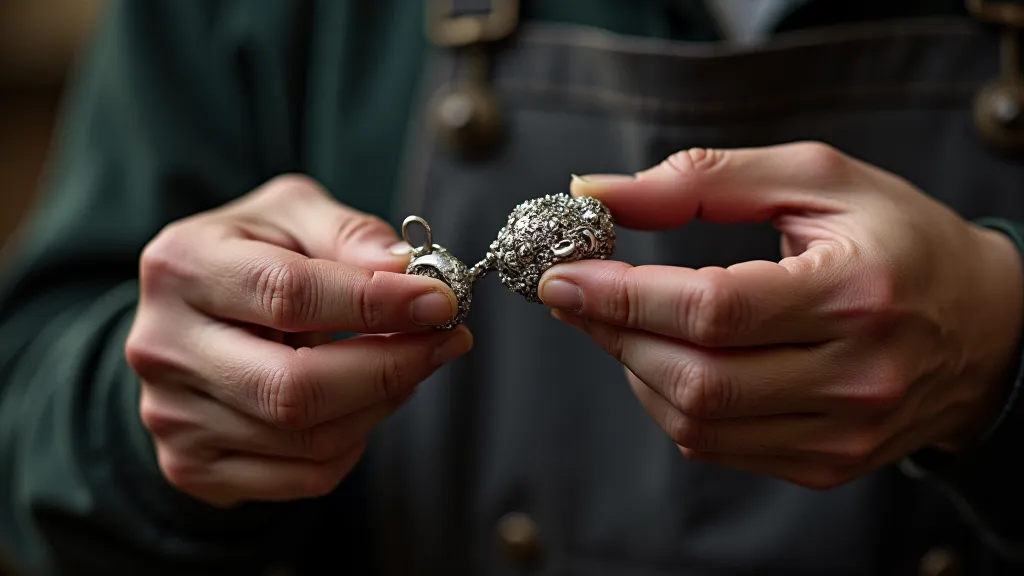
When Might You Use Fine Silver?
Fine silver is typically reserved for more advanced silversmithing projects where its malleability is a significant advantage. For example, it's sometimes used for delicate filigree work or when creating extremely thin sheets of silver. However, it requires a higher level of skill and experience to work with successfully due to its softness. The ability to manipulate fine silver into intricate designs demonstrates a high level of craftsmanship and an understanding of its unique characteristics.
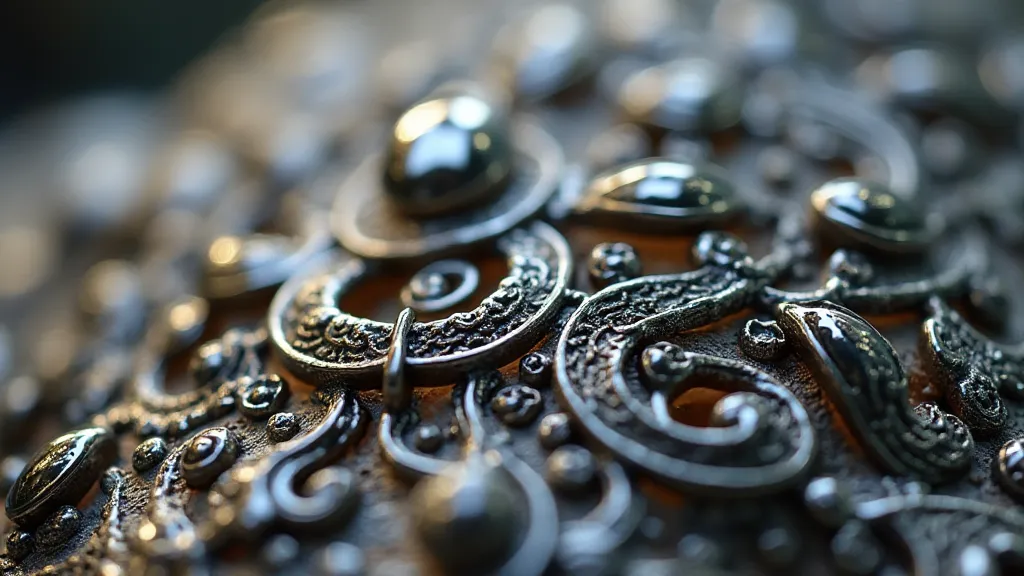
Understanding the Properties in Detail
Let's delve deeper into the properties that set these two silver grades apart. The 7.5% copper in sterling silver isn’t just there to add strength; it contributes to the characteristic golden hue sometimes observed, particularly in heavily worked pieces. This slight color variation can be leveraged in certain designs. The increased hardness of sterling silver also means it’s more resistant to bending and distortion – a significant benefit when creating pieces that need to maintain their shape over time. However, this increased hardness also makes it slightly more challenging to form complex curves and intricate details compared to the fluid malleability of fine silver.
Considerations for Different Silversmithing Techniques
The choice of silver often depends on the specific technique being employed. For example, when pursuing traditional chasing and repoussé techniques, the superior malleability of fine silver can be advantageous, allowing for more delicate and nuanced details. However, the increased risk of tearing or deformation requires a more skilled hand and meticulous control over the hammering process. In contrast, techniques involving significant hammering and stress, such as creating textured surfaces or forging, are generally better suited to sterling silver’s greater strength and durability.
Maintenance and Care
Both fine silver and sterling silver require regular cleaning and maintenance to prevent tarnish. While fine silver tarnishes slightly slower, the difference is minimal. Polishing with a dedicated silver polish can restore the luster of either grade. Proper storage, away from direct sunlight and humidity, will also help to minimize tarnishing. Remember to handle silver jewelry with care, as repeated bending or twisting can weaken the metal.
Cost Implications & Availability
The difference in cost between fine silver and sterling silver can be significant, particularly when working on larger projects. The availability of each grade also varies. Sterling silver is widely available in various forms, including sheet, wire, and granules, making it a convenient choice for most silversmiths. Fine silver, on the other hand, is less commonly stocked and may require special ordering. Before embarking on a project, it's always advisable to check the availability and pricing of the desired silver grade from your local supplier.
Conclusion
Don't let the terminology overwhelm you! For most beginner silversmithing projects, sterling silver is the ideal choice. As you gain experience, you can explore the advantages of fine silver, but start with the reliable and forgiving nature of sterling silver. Experimentation is key in silversmithing, and understanding the nuances of each silver grade will ultimately expand your creative possibilities and allow you to produce truly exceptional pieces.
